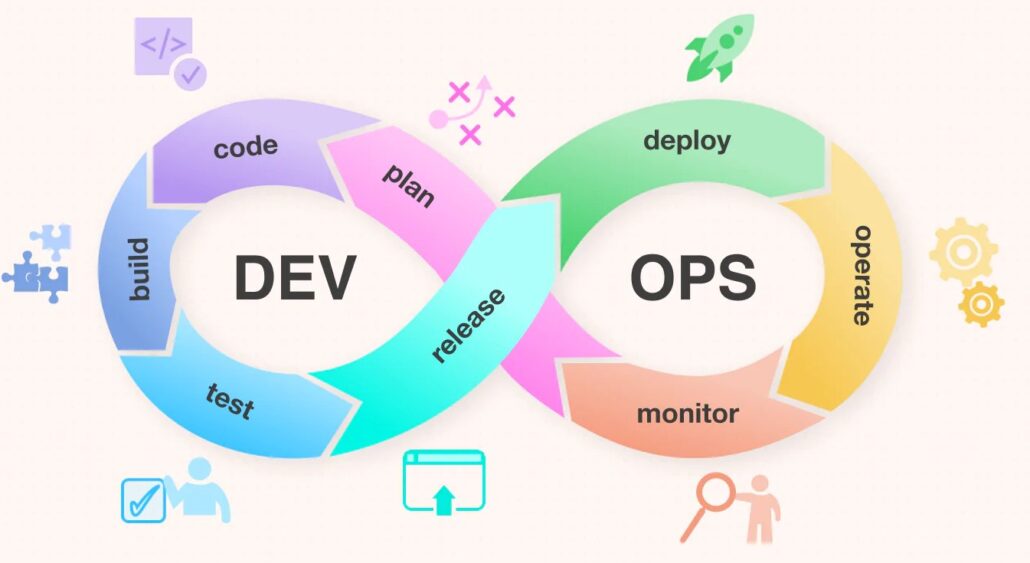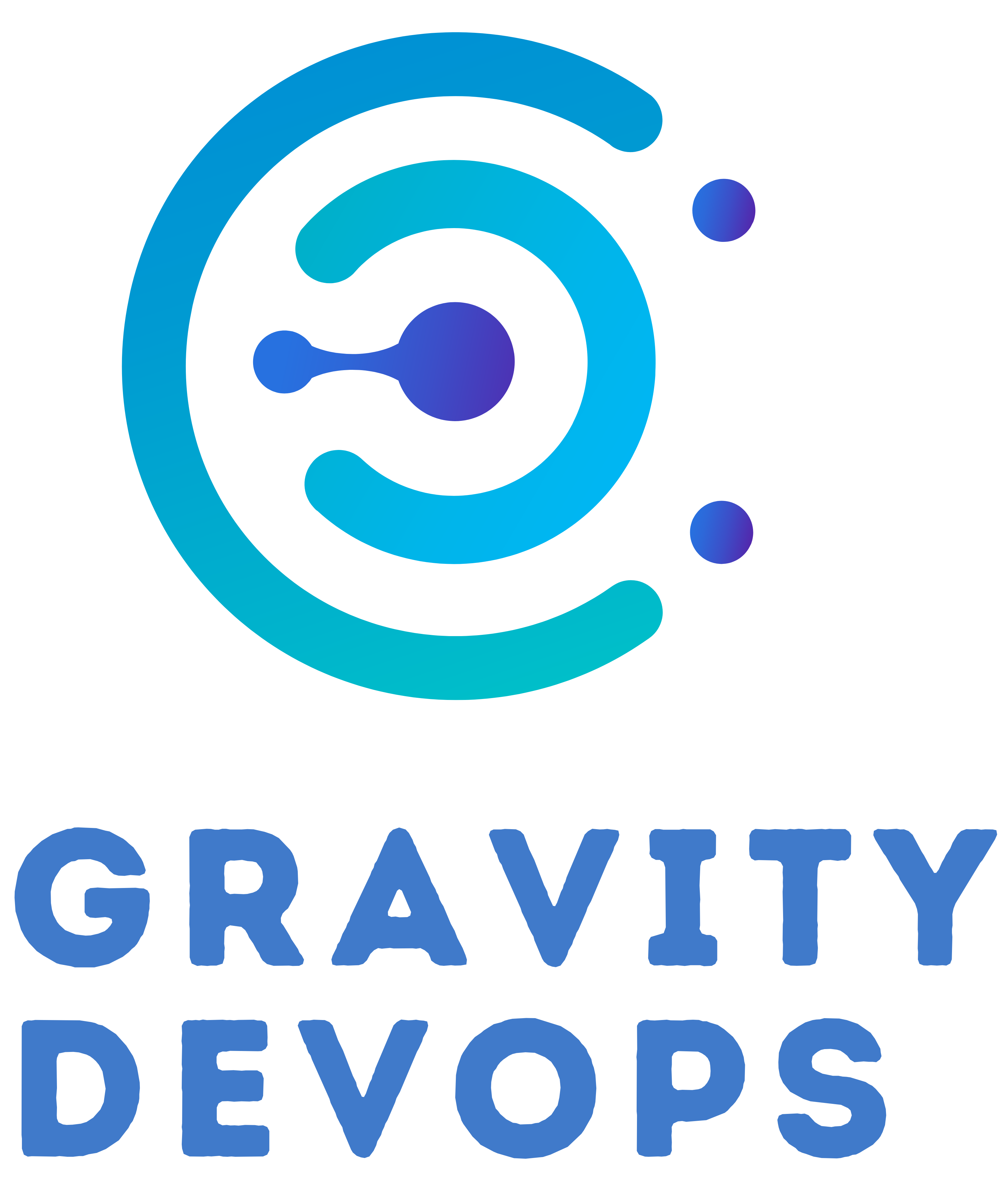What is DevOps?
DevOps is a culture, methodology, and set of practices that aim to bridge the gap between development (Dev) and operations (Ops) to enable faster, more reliable software delivery. It focuses on automation, collaboration, continuous integration, and continuous deployment (CI/CD) to ensure high-quality software releases.
DevOps eliminates silos between development and operations teams, enabling:
✅ Faster software delivery
✅ Improved collaboration
✅ Better scalability & reliability
✅ Efficient infrastructure management
✅ Reduced failures and quick recovery
Phases in DevOps

The DevOps lifecycle consists of several phases that ensure smooth software development, testing, deployment, and monitoring.
1. Plan
- Define project goals, scope, and requirements
- Use tools like Jira, Trello, or Azure Boards for backlog management
- Collaboration between developers, testers, and operations
2. Develop
- Code writing, version control, and branching
- Tools: Git, GitHub, GitLab, Bitbucket
- Code review and best practices implementation
3. Build
- Compile code, resolve dependencies, and package the application
- Tools: Maven, Gradle, Ant
4. Test
- Automated and manual testing to detect defects
- Tools: Selenium, JUnit, TestNG, SonarQube
- Unit testing, integration testing, and security testing
5. Release
- Preparing software for deployment with proper versioning
- Tools: Jenkins, GitHub Actions, Azure DevOps
6. Deploy
- Deploy applications to different environments (Dev, QA, Prod)
- Use Infrastructure as Code (IaC) tools like Terraform, Ansible, CloudFormation
- Deployment strategies: Blue-Green, Canary, Rolling Updates
7. Operate
- Infrastructure monitoring, scaling, and incident management
- Tools: Kubernetes, Docker, AWS, Azure, GCP
8. Monitor
- Application and infrastructure performance monitoring
- Tools: Prometheus, Grafana, ELK Stack, Datadog, New Relic
- Log analysis and alerting
👉 These phases work in a continuous feedback loop to ensure rapid development and deployment with minimal errors.

